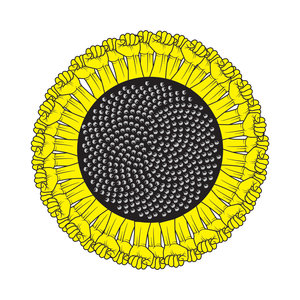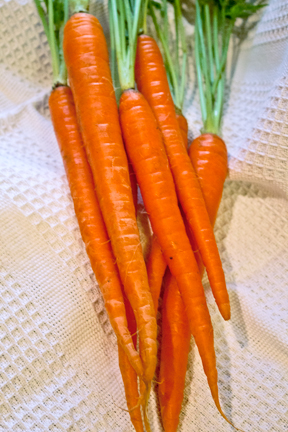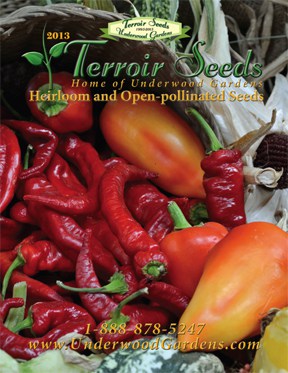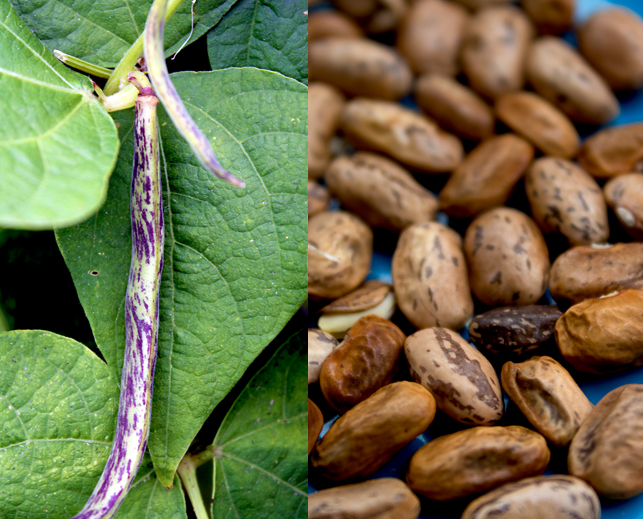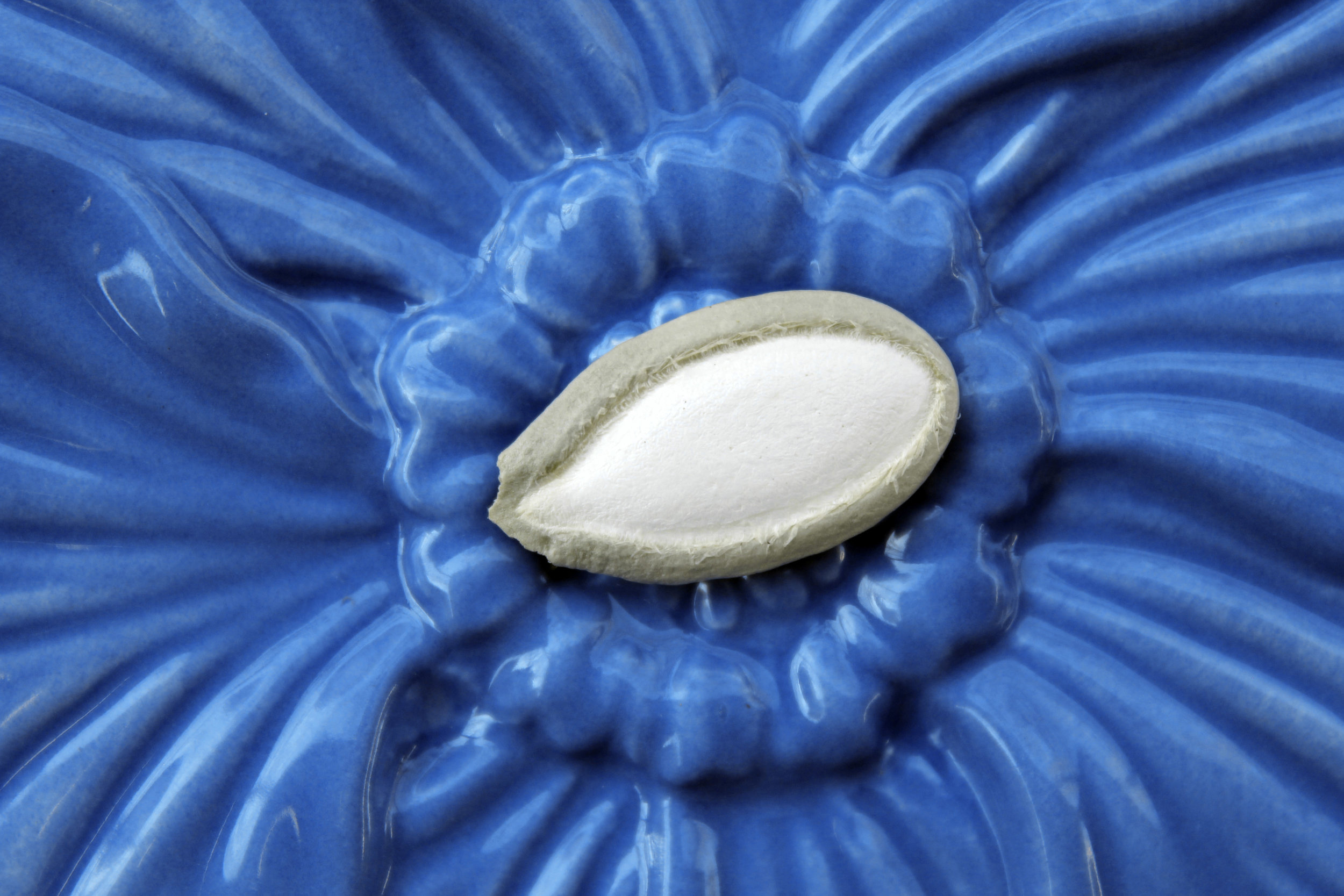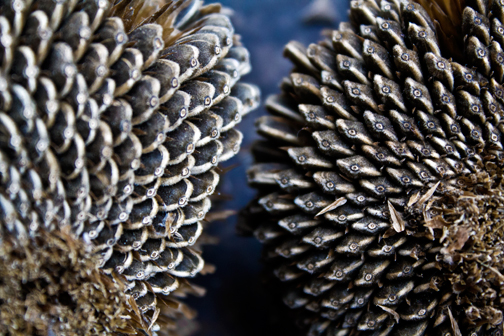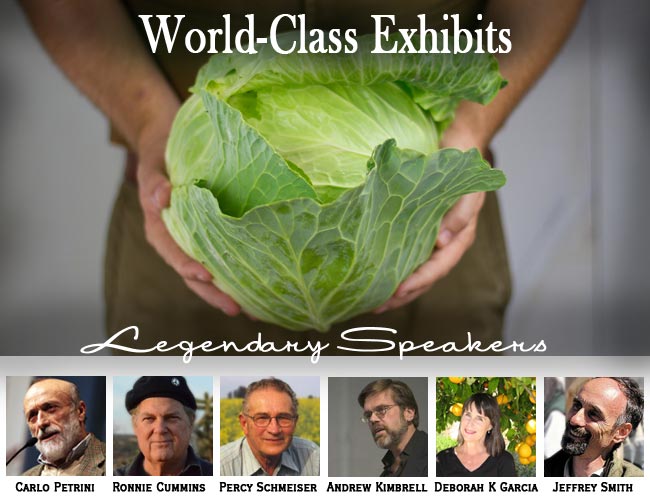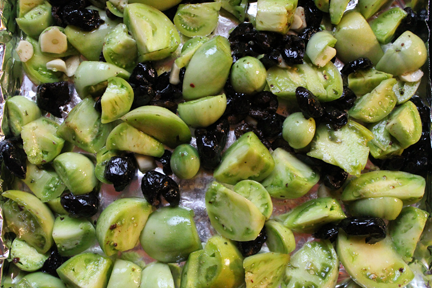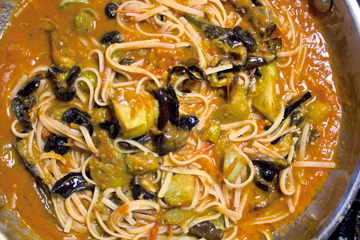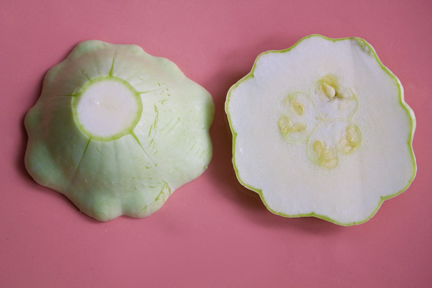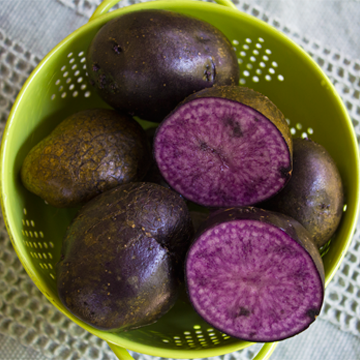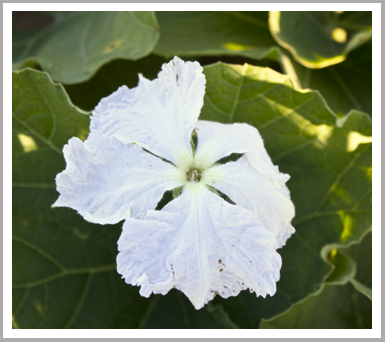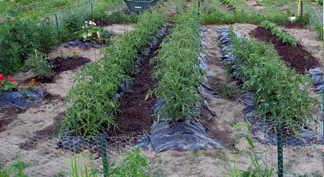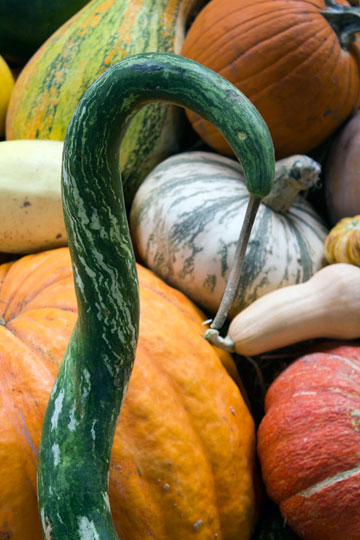 The 2nd Annual National Heirloom Expo was a wonderful event, and a successful one too. The expo folks estimate the crowd at 14,000 attendees. I'd say for a midweek event in it's second year, that's impressive. I'd like to thank The Petaluma Seed Bank, and Baker Creek Heirloom Seeds for all their hard work. Mounting an event like this is not easy. As a vendor, I'm happy to say, I had no problems.
Speaking of vendors, there was quite a variety. There were seed companies, pure food companies, people working in social justice, gardeners, farmers, activists, artists, and innovative people of all kinds, all working to make a difference locally, and for the planet. I was truly in awe. Than there were prepared food vendors serving up crepes, grass fed beef burgers, vegan and vegetarian fare, pad thai, and organic grilled cheese sandwiches on sourdough that were sublime. I had the Wild West version, which featured this delicious sauerkraut. Yum.
The 2nd Annual National Heirloom Expo was a wonderful event, and a successful one too. The expo folks estimate the crowd at 14,000 attendees. I'd say for a midweek event in it's second year, that's impressive. I'd like to thank The Petaluma Seed Bank, and Baker Creek Heirloom Seeds for all their hard work. Mounting an event like this is not easy. As a vendor, I'm happy to say, I had no problems.
Speaking of vendors, there was quite a variety. There were seed companies, pure food companies, people working in social justice, gardeners, farmers, activists, artists, and innovative people of all kinds, all working to make a difference locally, and for the planet. I was truly in awe. Than there were prepared food vendors serving up crepes, grass fed beef burgers, vegan and vegetarian fare, pad thai, and organic grilled cheese sandwiches on sourdough that were sublime. I had the Wild West version, which featured this delicious sauerkraut. Yum.
Location, location, location they say in real estate, and for event planning, it's just as important. The Sonoma County Fairgrounds handled this event with ease. It's an expansive property, clean and comfortable, with plenty of horse stalls, corrals, a race track, complete with a full service building with bleacher seating, and nice exhibition halls. A large parking lot is right there, and easy access to the freeway, and downtown Santa Rosa.
Speaking of Santa Rosa, it's a great place. Nice people, a thriving, walkable downtown with independent shops and delicious food and coffee. There's a mall downtown in case you need something Apple. Much like the rest of Sonoma County, it's a great place to spend a week, or a lifetime. There's wine country, a beautiful, rugged coast, and a forest that surrounds the Russian River. Combine all of that with this event, and you have a nice option for a vacation.
As far as heirloom varieties go, The Hall of Flowers was the place to see them. Quite abundant as you can see from my photos below. Since I was by myself, I didn't have a chance to attend any of the speaker events. Overall, I did hear great feedback from a lot of people. If there was one complaint, it was that there was sensory overload. Considering we live in digital, wired world, sensory overload experienced in real time is new or forgotten experience I suppose.
A couple of personal highlights;
- I had the opportunity to inform two people about the dangers of GMOs. They had never heard of them. (I had one of my t-shirts on with 100% GMO Free on the front, which raised the question in their mind.) The first was was a senior citizen who was not happy when she found out what they are. She is a resident of CA, and I was happy to inform her that she could vote Yes on Prop 37, the ballot initiative to require GMO labeling on food products. The second was a young girl who was about 8 or 9. I was talking to a couple of people, and she hung around until I was finished. She was intent on asking her question. I love the juxtaposition of ages here, along with the reaction and response that I got. The elder reacted with righteous indignation, and her response was to take action by placing a vote. The wisdom and experience of life on a micro level. The young girl was curious, and was intent on satisfying it. To me, that's the wonder of youth that gets worn away as we become adults. In the end, the response from both about GMOs was why is this happening? Indeed.
- A teacher stopped by to admire my photographs of sunflowers. We had a nice discussion of sunflowers, and photography. As the conversation flowed, she told me she was teaching her class about sunflowers. I brought some Hopi Dye Sunflower seeds to give away as promo. For a number of reasons, that didn't happen. What did happen though is I gave her a large packet of the seeds I had. She was thrilled. She also liked the Sunflowers 2013 calendar I had for sale, so I gave her a copy of that to share with her class. She was so grateful, and so was I knowing that my work was going to be used in some way to inspire young minds. Education is paramount to the evolution of society. The way education and teachers are viewed today to me is awful. I saw this as an opportunity to demonstrate an appreciation education, and the people who chose to make it their life's work.
- I meet Cindy Scott and Stephen Scott of Terrior Seeds. They will be Slow Food USA delegates to the Salone del Gusto Terra Madre, which I will be covering as press. We compared flights to Italy. Slow Food International made their arrangements. I made my own. As it turns out, We're leaving the same day, on the same airline and leaving for the flight to Italy from the same airport. They are from Arizona, I'm from New Jersey. I know the flight they are on, I almost booked the same flight. I look forward to meeting up with them in Turin, Italy. Oh, and those green pear tomatoes from their catalogue are a must have for me in 2013.
These are just a few of many interactions I had. Quite honestly, the three days are a big, fascinating blur. So many interesting people, with great stories and information to share. I could've spent a week listening and learning.
Now, onto some projects that I became aware of, and will featuring in future posts.
The Agtivists – This a indiegogo.com project with a funding deadline of September 30, 2013. Zofia Hausman is the film maker behind the project.
From the indiegogo.com page;
The Agtivists is a feature length documentary that shadows the work of four American pioneers who are leading the way in the fight for our food freedom.
I will have featured post this weekend about this film.
For now, please check out the indiegogo,com projcet page, and if so inclined, please contribute.
Ceres Project – This is a fascinating story of food and community building. This story is so organic on many levels. More to come about this wonderful organization.
Valley Girl Foodstuffs – They are a social purpose business, (YES!) and they work with Sonoma Valley Teen Services. The teens they work with learn about the food system from the farm, to the kitchen, to the market. During this process, the teens develop skills that they can use as a platform for growth. And, can I just say, the flavor profiles and the ingredients here are top notch. Just saying, sweet and spicy papaya mustard.
Seed Matters– I'm excited by this new initiative funded by the Clif Bar Family Foundation. The major components are conserving crop diversity, protect farmer's roles and rights as seed innovators and seed stewards, and reinvigorate public seed research and education. Hear that Monsanto.
The Community Seed Toolkit will provide a nice resource to local people to learn about seed stewardship. Matthew Dillion is the curator for Seed Matters, and was the founding director of the Organic Seed Alliance, which I am a big fan. I've been on their distribution list for a number of years. I have confidence that Seed Matters will grow into top resource for organic farming. The site goes live in October, and I will be following this program closely.
That's a smal snippet of my experience over the three days of the event. Since I was flying solo for this event, I didn't get out and about as much as I would've liked. Perhaps that was for the best. Too much of anything will always be too much.
I had samples of my t-shirts on display. I got a lot of positive feedback, which is exciting. My favorite moment with the t-shirts occurred when a woman was admiring the Candy Roaster Winter Squash shirt. She was smiling, laughing to herself, and shaking her head. Of course I had to ask her if she knew about that squash. She did. It turns out her aunt raves about how "oh so good it is, and laments that she can't find them around anymore like she used to." This woman couldn't wait to tell her aunt that she saw her beloved heirloom variety on a t-shirt, at this national heirloom variety expo. And, that the t-shirt was part of a program to raise awareness about heirloom varieties of plants. A moment to savor, among so many.
Here are some random photos form the Hall of Flowers. I had about 7 minutes left on a half hour dinner break to try to capture this immense display of abundant varieties. Alas, no captions.








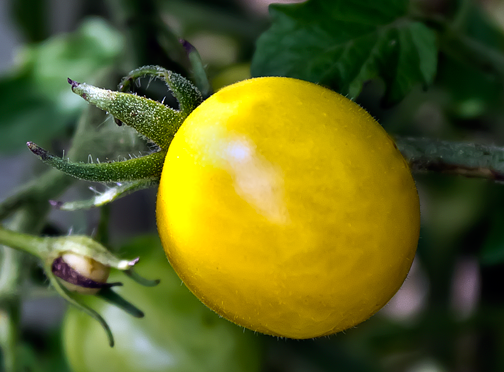 I love this tomato. When I found it back in January at Terrior Seed Company, it captured my imagination. The Galápagos Islands are amazing, and to have the opportunity to grow something I'm so passionate about from there, and to be able to eat it too, well it doesn't get much better than that. It lived up to what I imagined, and has fascinated me ever more.
I love this tomato. When I found it back in January at Terrior Seed Company, it captured my imagination. The Galápagos Islands are amazing, and to have the opportunity to grow something I'm so passionate about from there, and to be able to eat it too, well it doesn't get much better than that. It lived up to what I imagined, and has fascinated me ever more.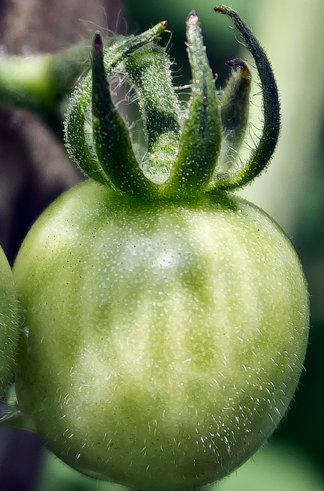 The photo on left is a green one, and the white lines are the cells below the skin. Being a wild tomato, they are very small. The average size is slightly smaller than a dime, with some almost as small as a currant. I did peel some, and the skin is indeed transparent.
The photo on left is a green one, and the white lines are the cells below the skin. Being a wild tomato, they are very small. The average size is slightly smaller than a dime, with some almost as small as a currant. I did peel some, and the skin is indeed transparent.